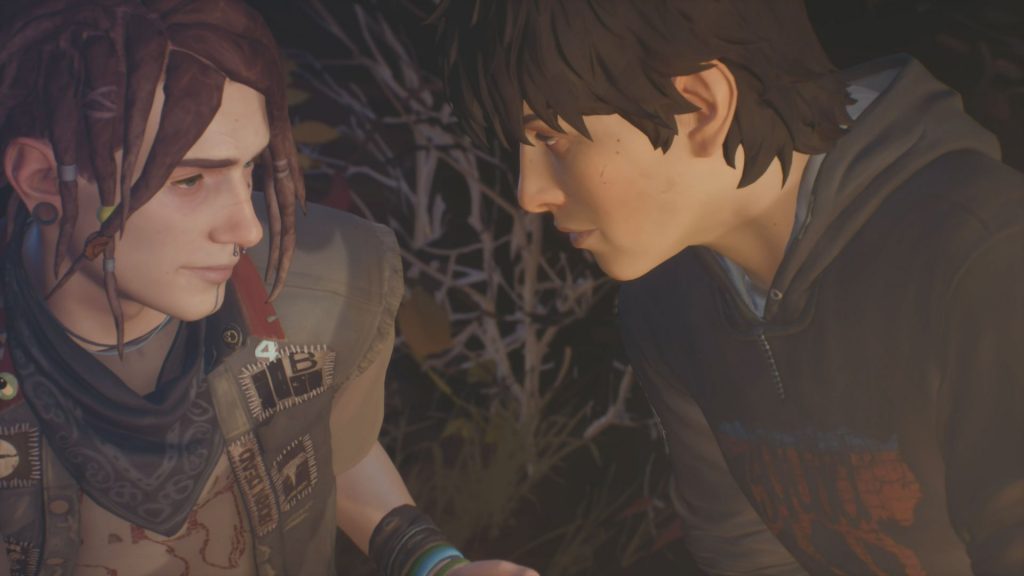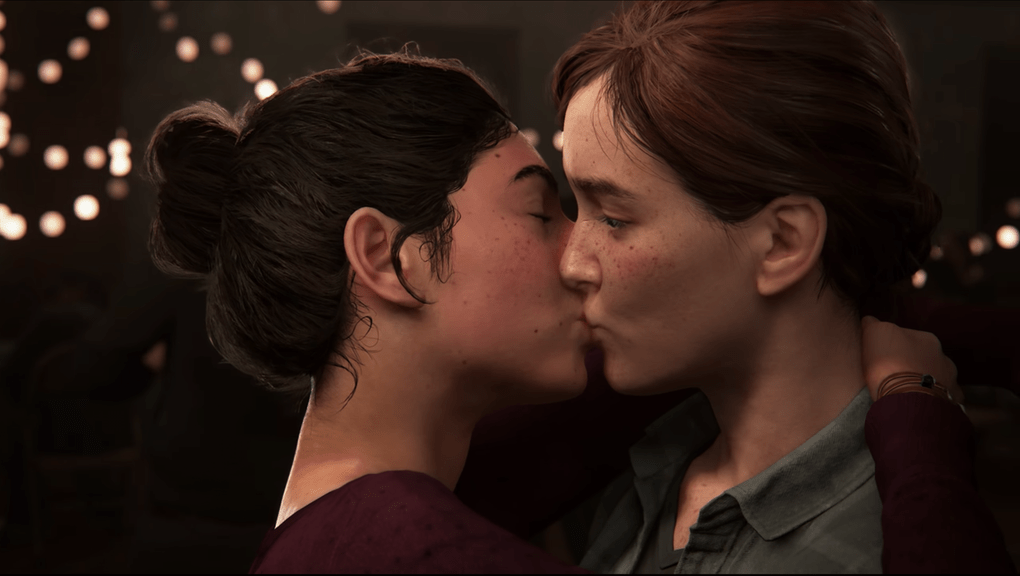
Video game representation of race, gender, sexuality and disabilities still has ‘a long way to go’, says new report
Video game representation has improved in the years that have gone by, but it’s still abundantly clear that the video game industry still has ‘a long way to go’.
This was found out by a study conducted by Currys PC World into diversity and representation in video games, which came to our attention thanks to VideoGamer,
In this report, it was found that although the portrayal of race, gender and disabilities has majorly improved in recent times, especially from the last decade, games are still biased towards the young, white heterosexual male. Again, this isn’t truly surprising as a quick look at upcoming games of this year would be enough to tell you that there is still work to be done.

But that doesn’t mean the industry hasn’t been trying.
According to the Curry’s report, it was in 2012 that things really started to change and even made mention of the Walking Dead game.
“From 2012 onwards, diversity levels have been markedly improved. Has Telltale’s The Walking Dead had something to do with it? Released that same year, the game starred a black man (Lee) and a young mixed-race girl (Clementine) and was a critical and commercial hit.”
The report also talked about five of the most diverse video game representation in recent years, which included games such as Overwatch, Assassins Creed Odyssey, Celeste, The Walking Dead, and Horizon Zero Dawn.
But there is still a long way to go, with black and characters from other ethnic groups often being underrepresented. Adam Campbell, co-founder of POC in Play, stated “there’s a long way to go. Representation [in the games we play] still feels incomplete and inconsistent.”
As for LGBTQ+ representation in video games, Alayna Cole, the managing director of Queerly Represent Me, said that there was improvement. However, she explained, “there’s still a lack of evidence for major publishers that diverse casts of characters will sell to games’ audiences.” Continuing, she said, “there is a lot of historical proof that straight white male protagonists do well on the market, and without enough evidence showing other characters can also succeed, many companies are relying on this ‘safe’ approach.”
You can read the full report here for more information.




